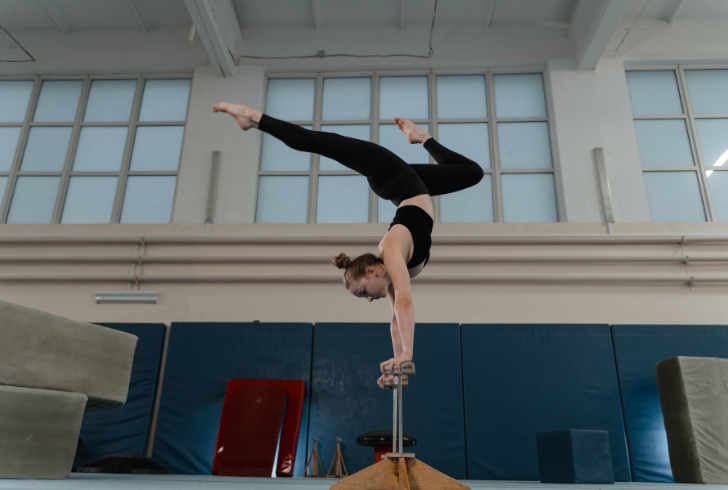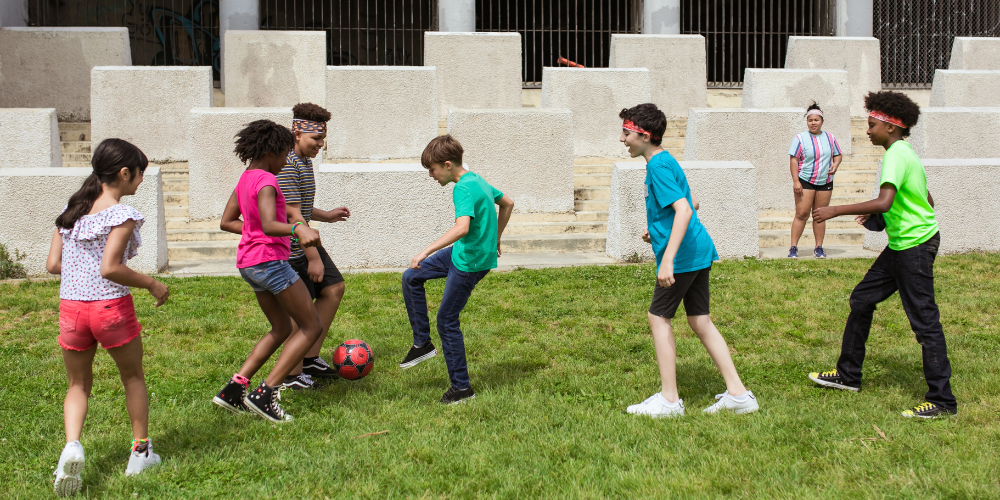Participating in organized sports plays a significant role in shaping the academic success of teenagers. A recent study published in the journal Children reveals that boys and girls involved in team or artistic sports are more likely to graduate high school. The study tracked nearly 2,800 Canadian children from birth to early adulthood, offering key insights into how structured physical activities influence academic performance.
According to the research, boys who participated in organized sports were 15% more likely to earn their high school diploma by age 20. Similarly, girls involved in these activities showed a 7% higher likelihood of graduating. This connection underscores the long-term benefits of maintaining an active lifestyle during childhood and adolescence.
Girls Excel in Grades With Artistic Sports
The advantages of sports for girls extend beyond graduation rates. The study found that girls who took part in structured sports had grades that were, on average, 8% higher than their peers. Even more impressively, girls involved in artistic activities like dance or gymnastics experienced a nearly 23% improvement in their academic performance.

Pexels | Tima Miroshnichenko | Girls involved in artistic activities excel in academics, showing impressive improvements.
However, the data also revealed a downside for girls engaging in unstructured physical activities. Those who participated in unsupervised exercise or play saw their grades drop by 8% by age 18.
Researchers attribute these differences to the structure provided by coached or team-based sports. "When supervised by an adult, sports allow children to develop key skills in areas like leadership, teamwork, and prolonged attention, which are transferable to academic settings," the study noted.
How Sports Shape Academic Skills
Organized sports do more than just keep teens active—they help build essential life skills that contribute to academic achievement. The study highlights several ways sports create a positive impact on learning:
1. Leadership Skills: Team sports encourage teens to take responsibility, make decisions, and lead by example.
2. Teamwork and Collaboration: Working with others fosters communication and cooperation, skills vital for classroom success.
3. Improved Focus: Regular practice under a coach strengthens attention spans, helping teens stay focused during schoolwork.
These skills not only help teens excel academically but also prepare them for challenges beyond the classroom.
Barriers Preventing Access to Sports
Despite the benefits of organized sports, not all teens have equal access to these activities. The study found that girls from low-income households or dysfunctional family environments are less likely to participate. Financial constraints, lack of parental involvement, and other socioeconomic factors often limit opportunities for these groups.
Researchers highlighted the importance of addressing these barriers, stating, “Important obstacles to an active lifestyle remain, especially the financial cost and lack of parental involvement.” Factors such as single-parent households, lower maternal education levels, and family instability further contribute to reduced participation.
The Role of Community and Schools
To ensure more teens benefit from the advantages of organized sports, communities and schools play a crucial role. By providing affordable sports programs and encouraging inclusive environments, they can help bridge the gap for underprivileged families.
Schools can also promote physical education as a vital part of academic development. Offering diverse sports options—ranging from team sports like soccer and basketball to artistic activities like gymnastics—ensures that all teens can find something that suits their interests.
Additionally, partnerships with local organizations can provide funding and resources to reduce financial burdens on families. Encouraging parental involvement through workshops or community events can further support teens’ engagement in sports.
Why Structured Sports Matter

Image by freepik | Structured sports with the supervision of a coach improve focus and academic success.
The structured nature of team sports and artistic activities sets them apart from unstructured physical play. When teens participate in coached sports, they gain consistent guidance, discipline, and encouragement, which positively impact their behavior and performance in school.
For example, working under the supervision of a coach helps students stay committed to long-term goals. It also teaches them to balance responsibilities between academics and extracurricular activities. These lessons often translate into better time management and problem-solving skills.
Also, artistic sports like dance and gymnastics provide additional benefits by fostering creativity and self-expression. These activities engage both the mind and body, making them particularly effective at improving academic outcomes.
Breaking Down the Data
Key findings from the study include:
1. Boys involved in sports are 15% more likely to graduate high school.
2. Girls participating in structured sports see a 7% boost in graduation rates.
3. Artistic activities like dance lead to a 23% improvement in grades for girls.
4. Unstructured physical activities can negatively impact academic performance, especially for girls.
These results emphasize the importance of encouraging teens to engage in organized sports, regardless of their interests or skill levels.
A Call to Action for Parents and Educators
The study concludes that structured sports should be an integral part of childhood and adolescence. Parents, educators, and community leaders must work together to create opportunities that are accessible to all teens, regardless of their background.
By addressing barriers such as financial constraints and lack of resources, more teens can experience the benefits of an active lifestyle. Sports not only improve physical health but also foster essential life skills that drive academic success.
Encouraging teens to participate in structured sports is vital for their overall development. From higher grades to better graduation rates, the long-term benefits of sports highlight the importance of an active and guided lifestyle.













